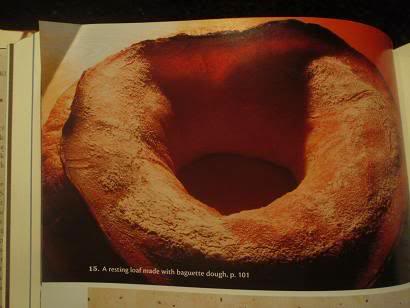Lang Lang
Lang Lang was on the radio this morning (his piano, not his presence). The English lady, Emma Ayres, hosts a fine, fine classic FM radio show, Teas on Toast, on ABC Radio. She played Lang Lang's Haydn sonata in Carnegie Hall, 2003. Lang Lang, 27, is the pride of modern day Mainland Chinese. His reputation spread so rapidly that a Chinese-language biography appeared before his 17th birthday. I have no business joining the band wagon in praising him. But I can feel his sensibility through his fingers (the fastest finger


